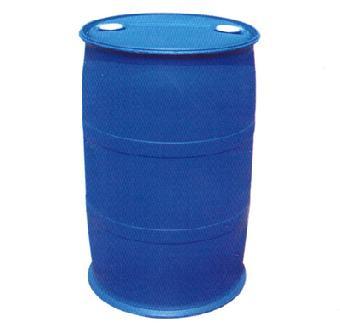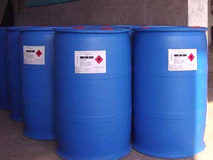On Chemball
My Chemball
+86-571-8627 3270

Chongqing Yixiang Chemical Co., Ltd.
Chongqing Yixiang Chemical Co., Ltd.
Main Products:
Butyl Methacrylate / Methyl Methacrylate



Butyl Methacrylate / CAS 97-88-1
- Overview
- Descriptions
- Sample








